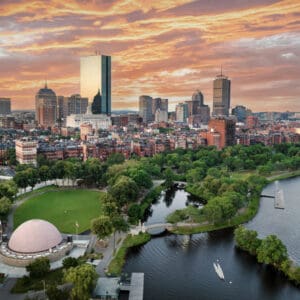
Pros and Cons of Moving to Boston: Is Beantown Right for You?
Moving to a new city is a big decision, and Boston is one of the
FIND OUT WHY WE'RE #1
Marathon Moving is a local moving company with movers who cater to customer needs with safety & professionalism

Our Moving Promise
Here at Marathon Moving, we are dedicated to every move and to our client’s needs. Our team of Watertown MA movers are committed to you and your move. Our main goal is to give you a hassle-free moving experience.
Our moving process
Customer-centric relocation services
We can recommend our packing services as part of a full-service move. We’ll make sure you’re ready to go before your moving day arrives.
Marathon moving company offers professional warehouse spaces and independent security guards to both residential and commercial movers.
Our expert staff can make sure that your new home or the one you’re leaving gets free moving and packing advice from an on-site appointment.
Our moving company offers a full range of valuation and insurance services to make your move as painless and successful as possible.
Our Testimonials



We are Ready to Help You
Marathon Moving , we aim to remove whatever apprehensions you have about interstate moving and the stress that comes with it. We achieve our aim through careful attention to detail and planning tailored specifically for each client. This way, we ensure that all of your needs and requests regarding the moving process are met.
Moving is a process that most of us experience at some point in our lives. Thus, our team of movers believes that excellent service should cost you a fortune. Everyone should be able to have access to professional movers that transport their things safely and timely.
At Marathon Moving, we have made that possible by pricing our services to market-competitive levels without compromising our service quality. Our determination to innovative technology, methods, and equipment acquisition has allowed us to keep costs down while simultaneously improving the service quality.
Meet our dedicated team




Latest News

Moving to a new city is a big decision, and Boston is one of the

Relocating can be an exciting new chapter in life, but it also comes with a

Relocating can be both an exciting and stressful experience. Whether you’re moving across town, to
781-650-4952
United States
8AM–5PM
info@marathonmoving.com

Our Resources
We know that moving is stressful enough. To make it as simple and painless as possible, we have provided additional resources to help you.
Before and after-sales services mean a lot to our moving company. Thus, we have a friendly staff that will help you every step of the way. Ready to secure moving services in Watertown MA? Call Marathon Moving at 781-650-4952.
Contact
Information
Hours Operations
8:00 AM to 5:00 PM – Monday to Friday
Office Closed – Saturday to Sunday
Phone:781-650-4952
Fax: 781-963-3398
info@marathonmoving.com

Marathon Moving is an agent for Allied Van Lines, one of the world’s largest moving networks. Allied Van Lines also shares Marathon’s strong commitment to quality and customer satisfaction.
Marathon Moving Co.
© Copyright 2000 – 2025 Marathon Moving – Sitemap
Marathon Moving License Info MDPU 30747 DOT 943487 MC 405568

We're ready to answer your questions. Enter your name and number, and we'll call you back within minutes!